In Costa Rica, we are very interested in nature and the biodiversity associated with it. That’s exactly why our next stop is another national park. Like Tortugero National Park, this national park is located on the east or Caribbean coast of Costa Rica. It is significantly smaller and has a different entry regime to most national parks in Costa Rica. The Cahuita National Park is donation-based – we like to take this as a pleasant change, as we can give as much as the visit is worth to us, our basic attitude is automatically more willing, more satisfied and we can get involved in the national park better than in other, from our point of view, sometimes rather expensive national parks.
Here we have landed in sloth paradise! This stop on the east coast was worth it for this reason alone.
Sloth on the roadside and at the overnight campground
The area around Cahuita seems to be saturated with sloths. We encounter the first wild sloth, which is really close and easy to observe, at the roadside near Puerto Viejo. Other passers-by stare incessantly into a tree right by the roadside between the road and the coast. It must be something interesting, so we stop too. And indeed, only about 4m above the ground, a sloth is leisurely scanning one branch after the other and gathering its food. That’s how we like it best! Without a park, without a cage, without a guide, just straight out of the natural world. And it won’t be the last sloth.
In the evening, we see the next sloth next to the seating area of the restaurant where we are staying for the night. Not much higher than the first one, it hangs comfortably in the tree and sleeps the most beautiful sloth sleep there is in the Caribbean breeze. We can understand that very well!
So, for all those who want to see wild sloths: The south-east coast of Costa Rica is ideal, at least for us.
Cahuita National Park
The mixture of tourism, well-maintained paths and natural trails is very inviting, so inviting that we walk to the tip of the peninsula and back. On the way, we pause again and again to marvel at the many animals. There are also sloths in the national park – logically, no park boundaries apply to wild animals – but not as close as we had already seen them. We meet a pack of howler monkeys and later, at close range, capuchin monkeys with their characteristic white faces.
At the apex of the path at the top of the peninsula is a resting place. Almost out of nowhere, a monkey was able to steal a snack from a tourist and so of course the whole pack was attracted. At times we certainly have around 10 monkeys at close range, but a distance of two meters would be appropriate, after all, we don’t want to end up with a monkey bite at a doctor today…
The second half of the trail is particularly beautiful, sometimes directly on the white dream beach, then again in the jungle. With this variety, it is not particularly tragic that we have to walk back the same way on the return route. You could actually walk around the whole peninsula in the national park and take a shuttle back on the south side at the second entrance to the national park. However, as some of the paths are very close to the sea and the sea level is extremely high on the day of our visit, the southern part of the national park is closed. We get our feet wet a few times. Too bad, but it doesn’t matter, we know from other travelers we have met that most of the animals can be seen in the northern part anyway.
In addition to the large animals, we also see some smaller ones. For example, there is a species of lizard that can be seen from time to time along the path. It is similar in size and species to our native lizards in Ticino or in the mountains in dry stone walls. Here in Costa Rica, the lizard simply has a pastel blue tail. We are not used to such bright colors and the colorfulness of certain animals surprises us again and again.
We take the days before and after our visit to Cahuita National Park rather leisurely so that we can process the impressions well and not rush from one nature park to the next. The trip should definitely remain a pleasure for us! See you soon – and almost certainly at the next natural attraction in Costa Rica. This country is brimming with nature.
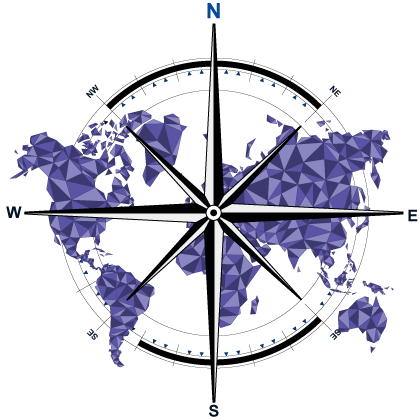
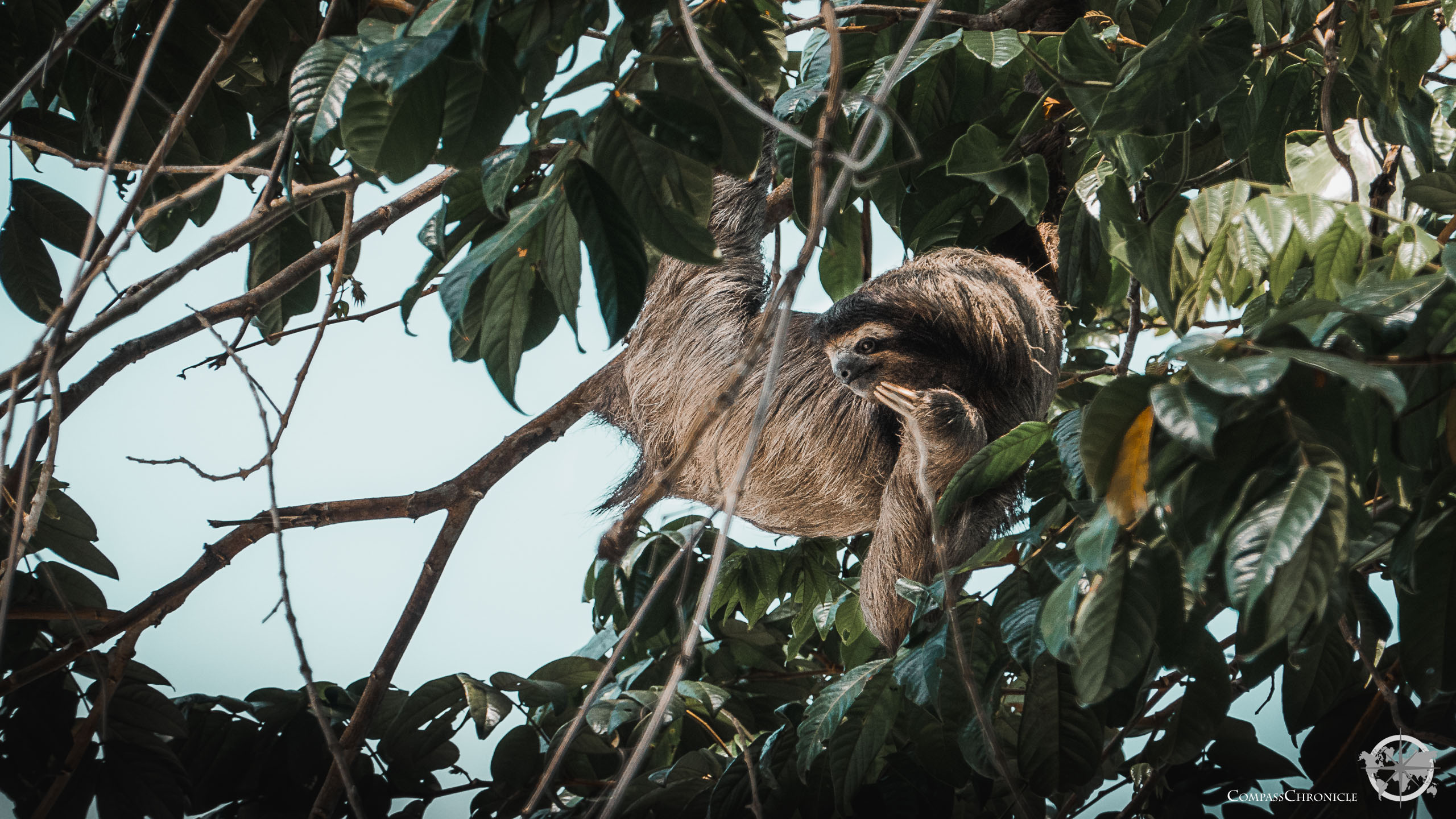
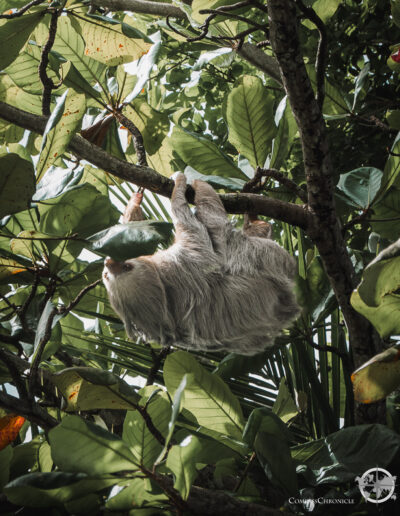
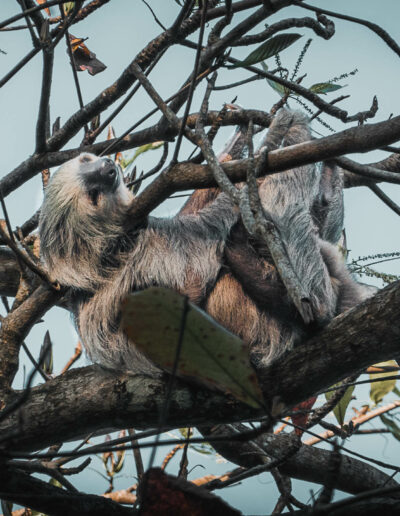
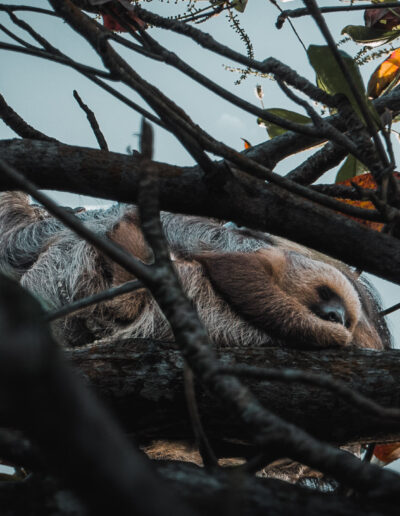
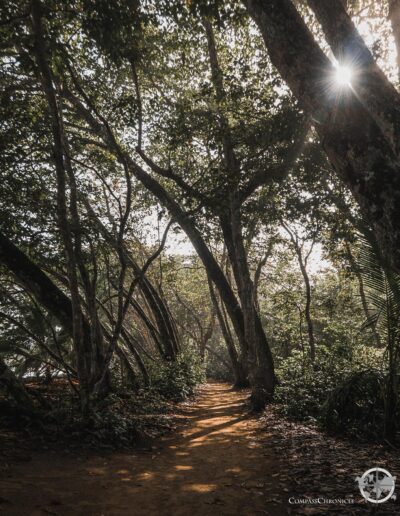
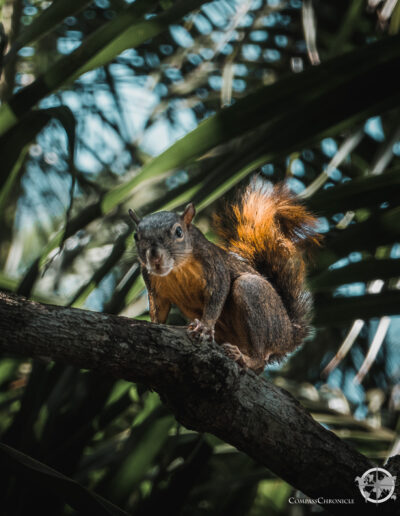
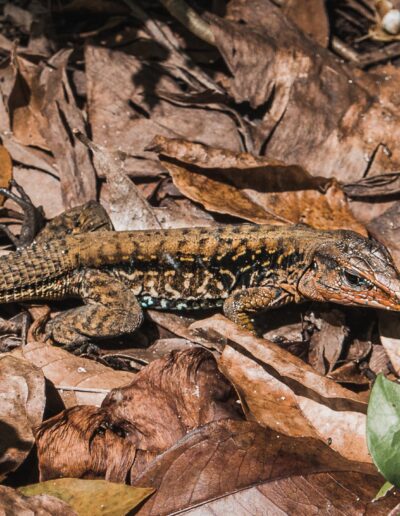
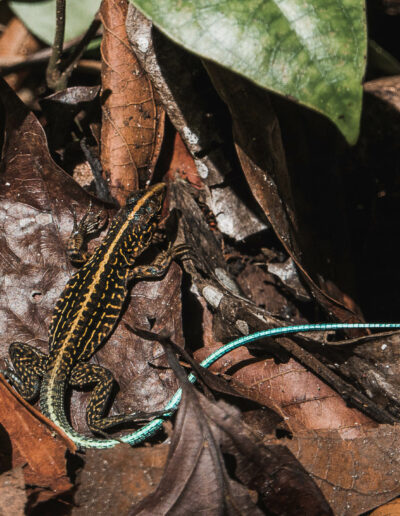



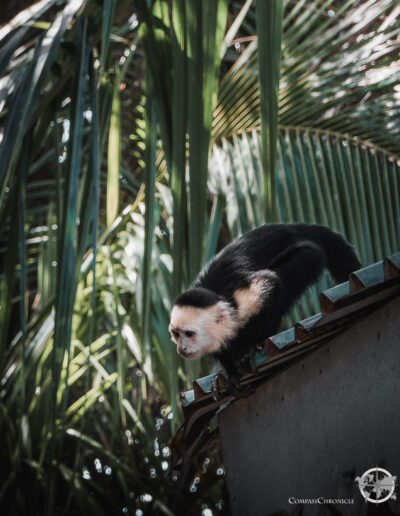
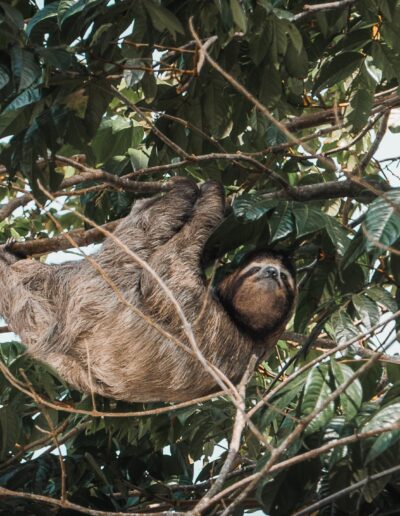
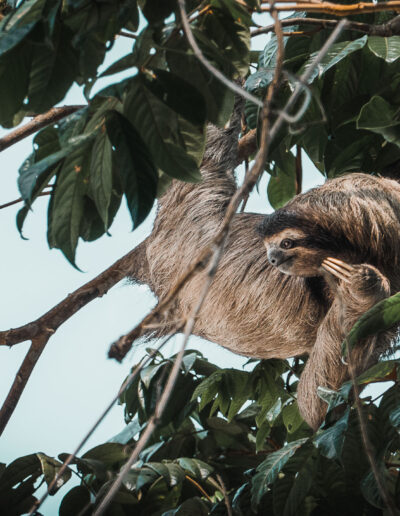
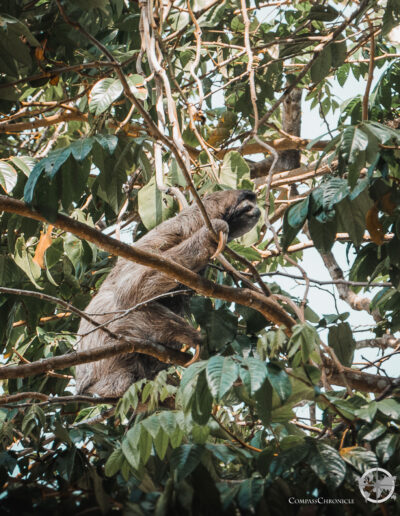
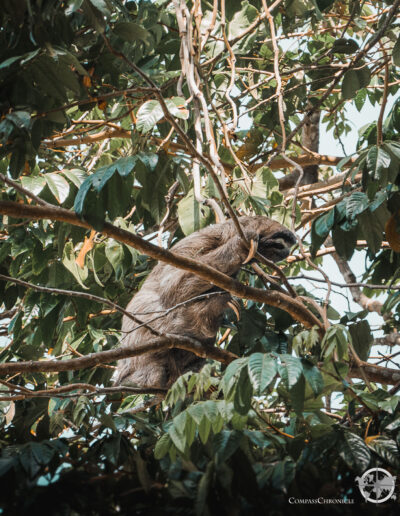
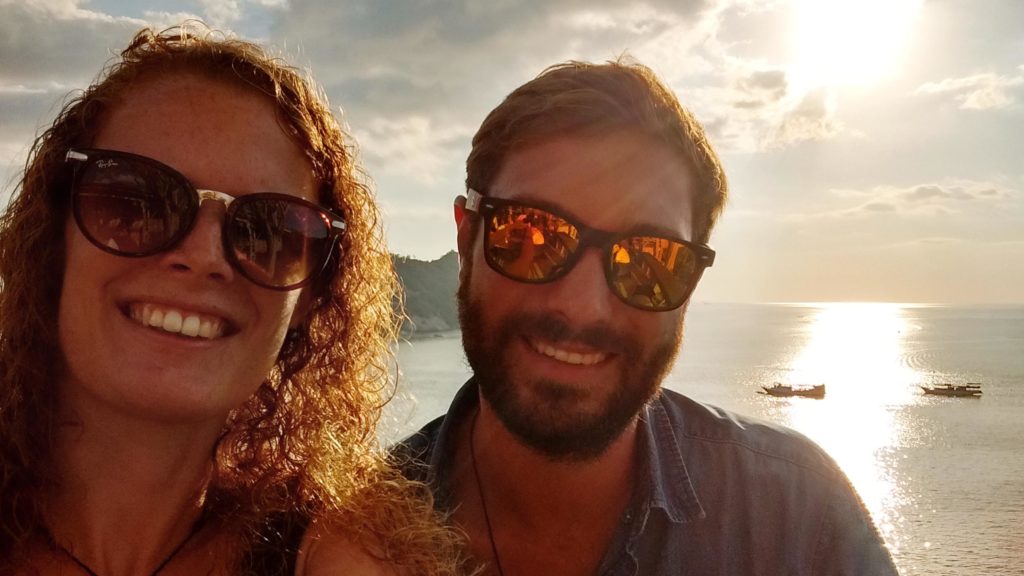
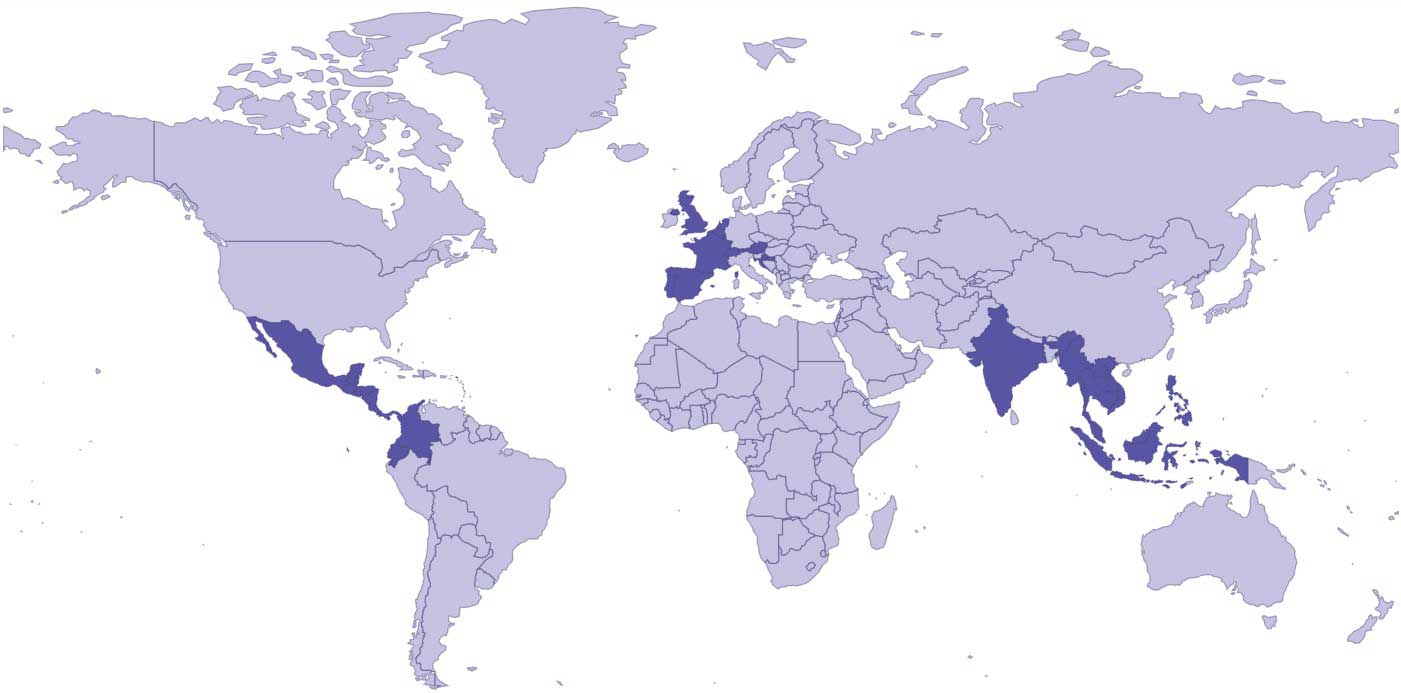
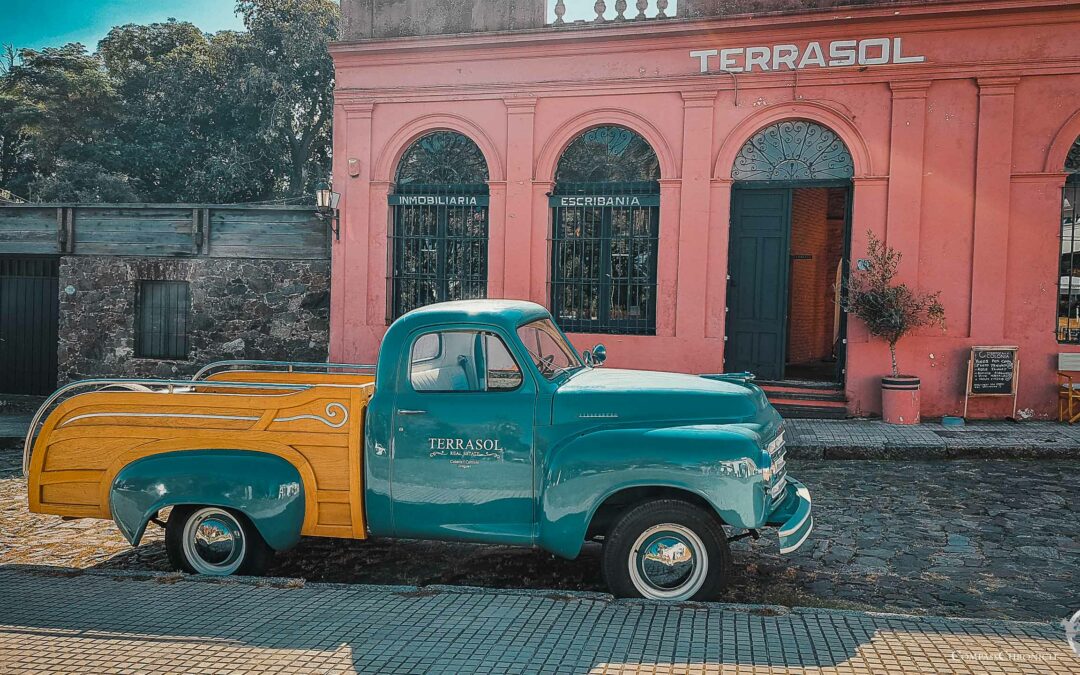
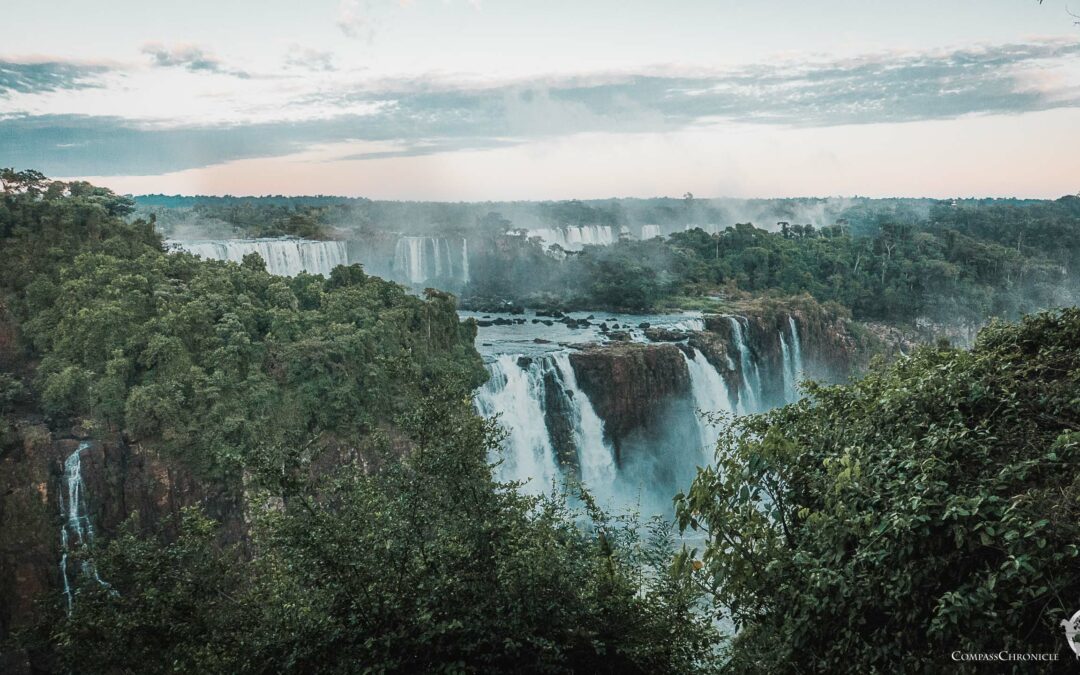
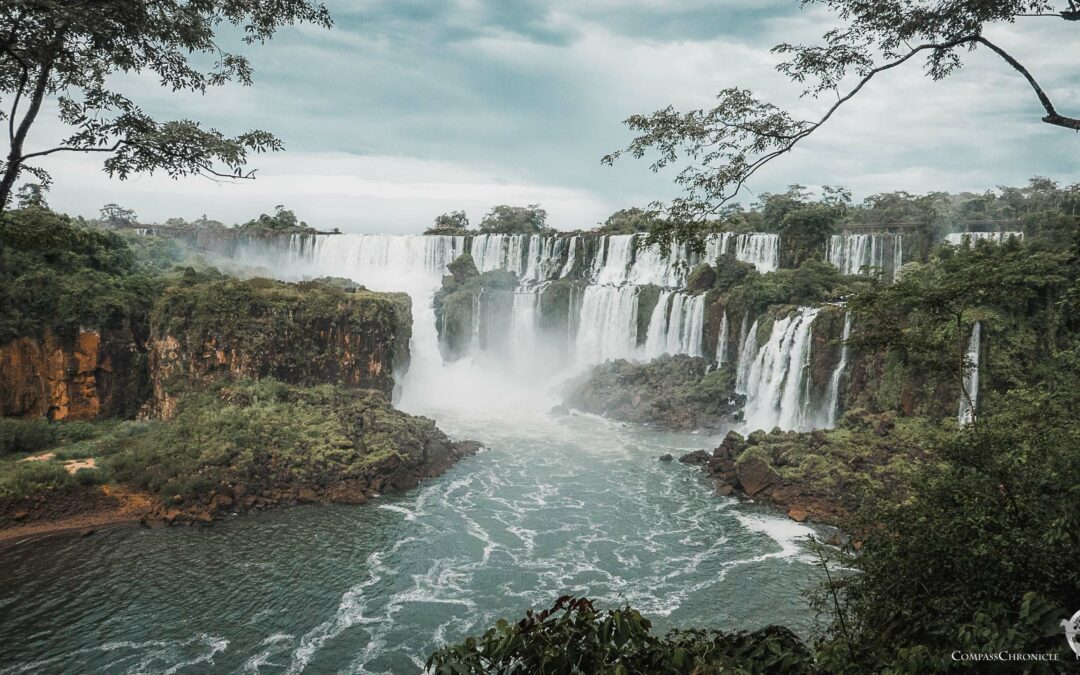
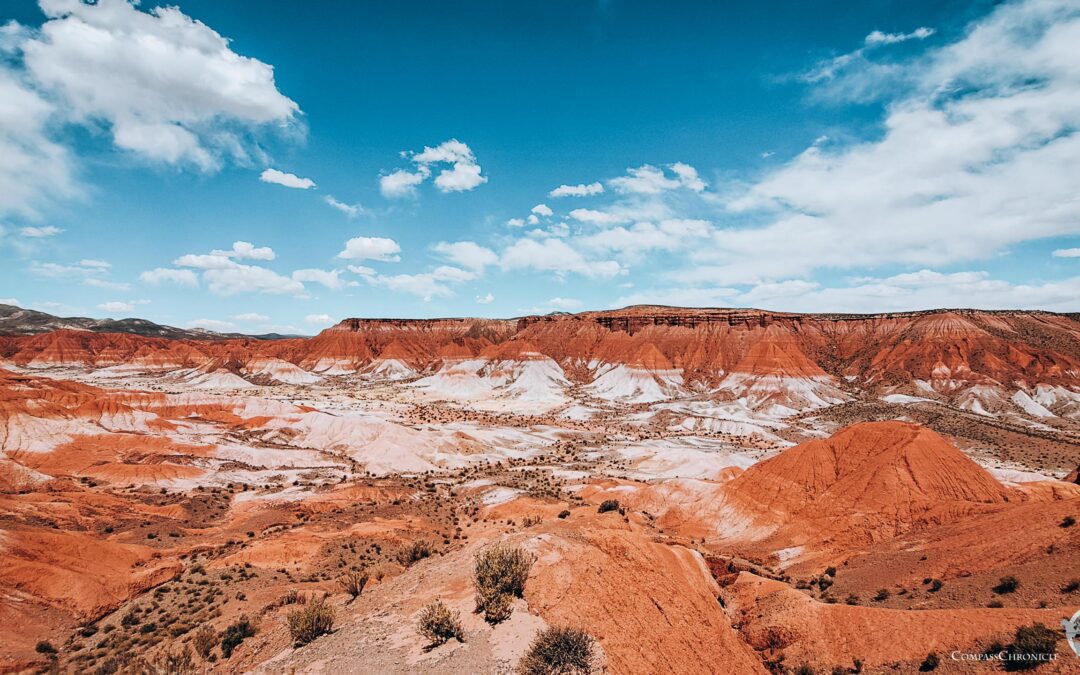
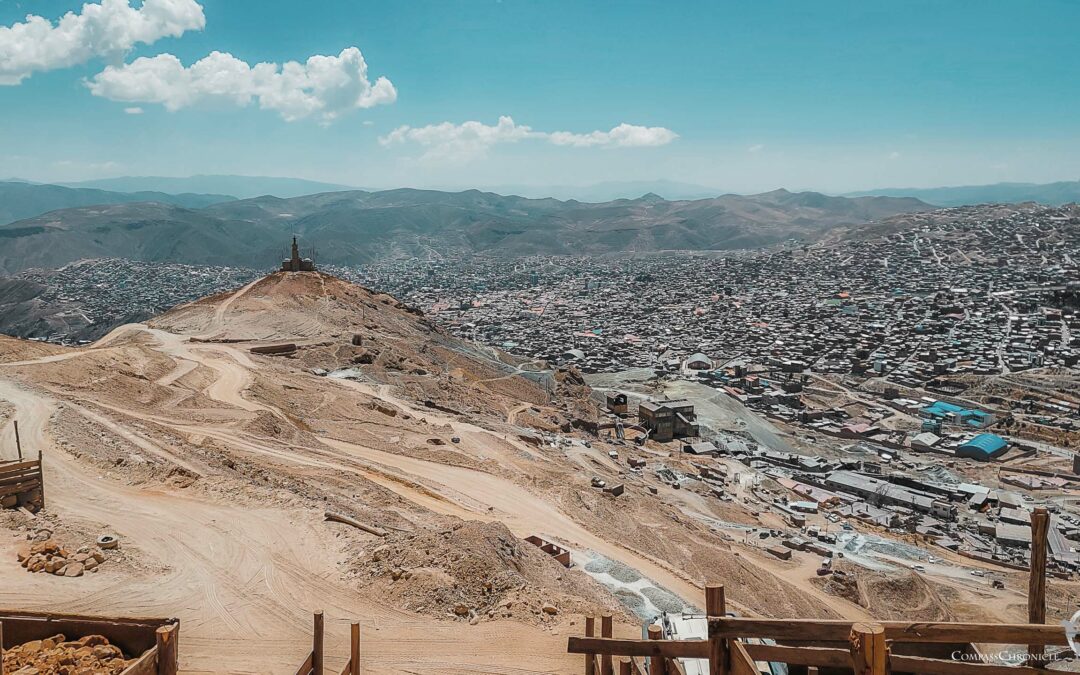
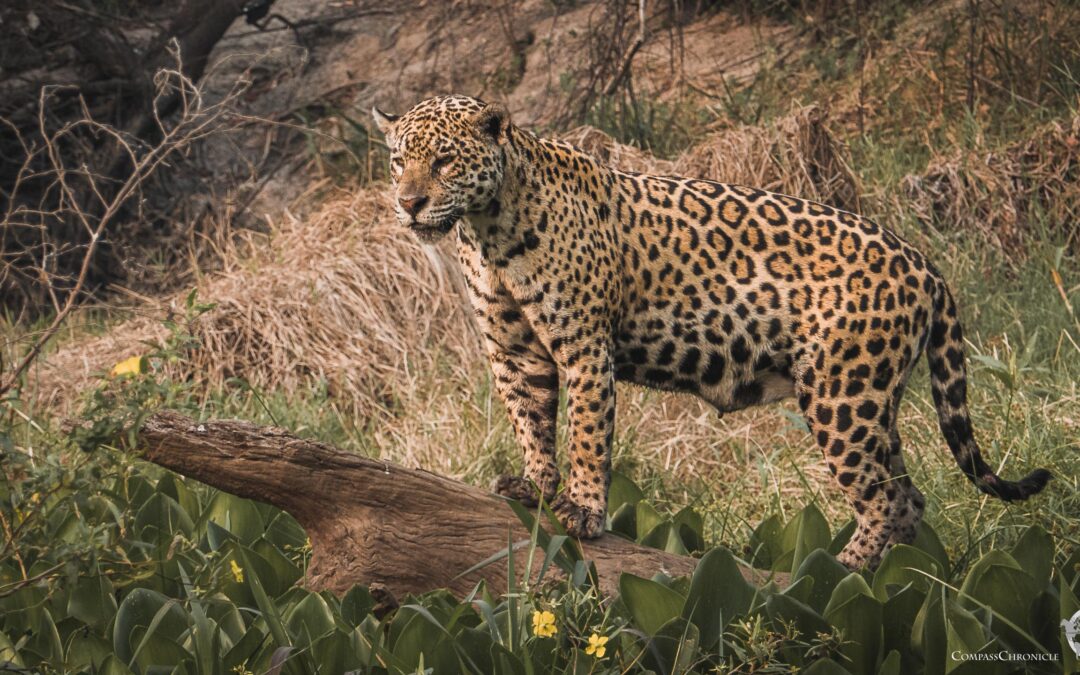
0 Comments